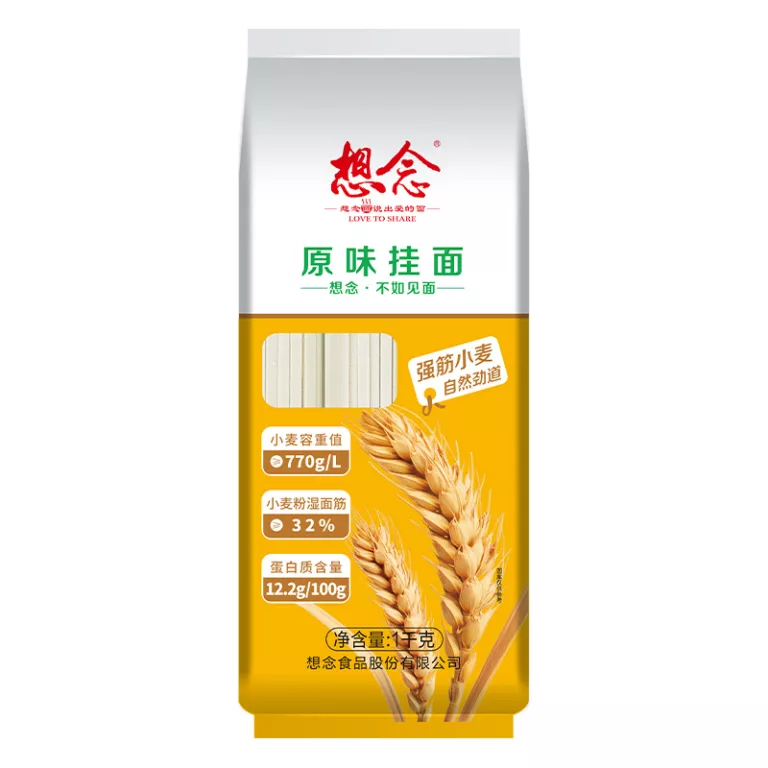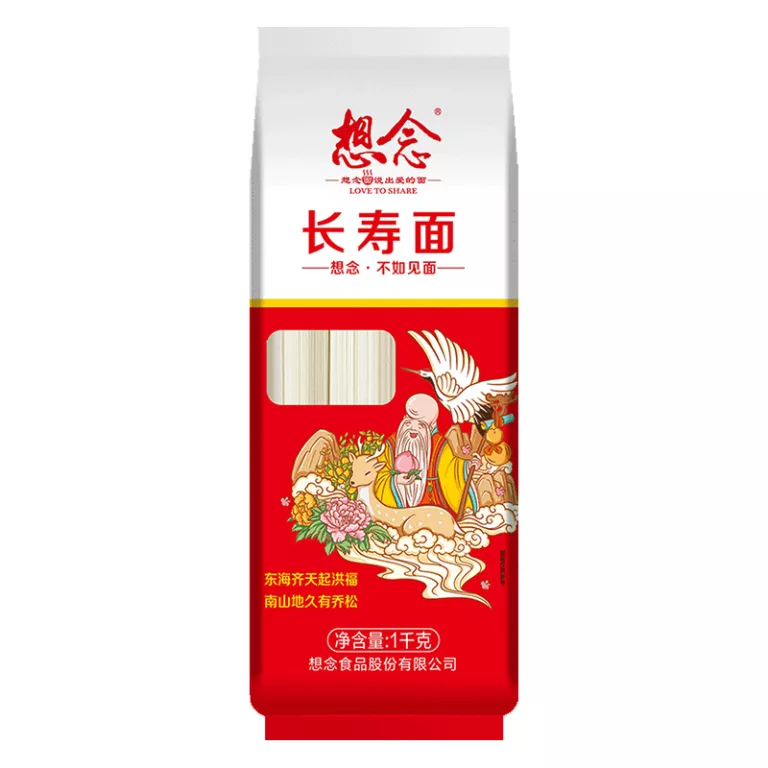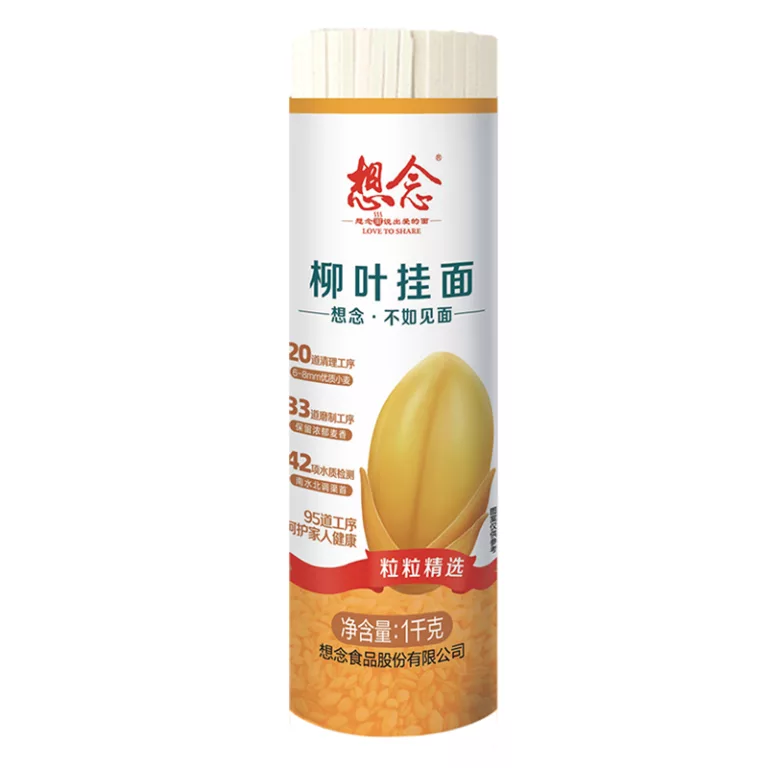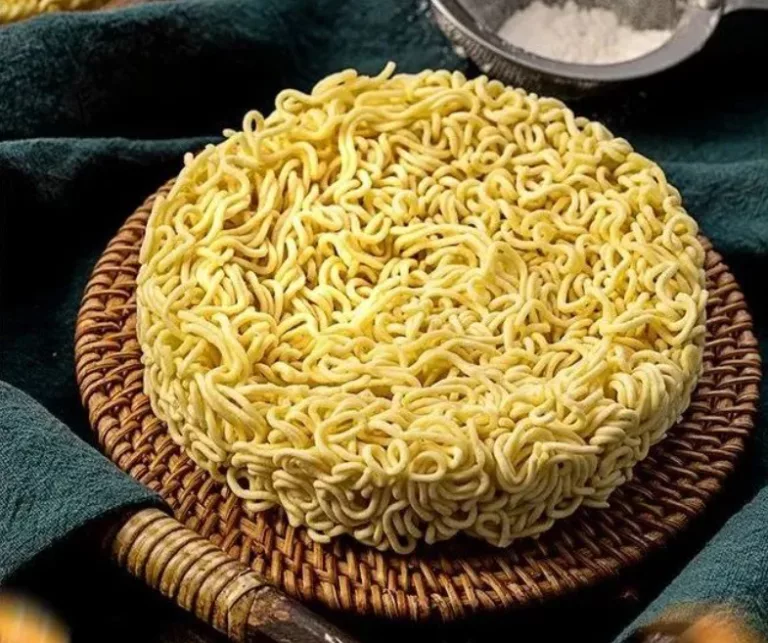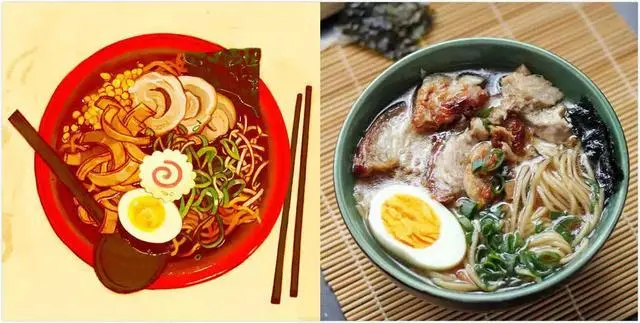Are dried noodles healthy?
-
zeyuan li
- February 7, 2023
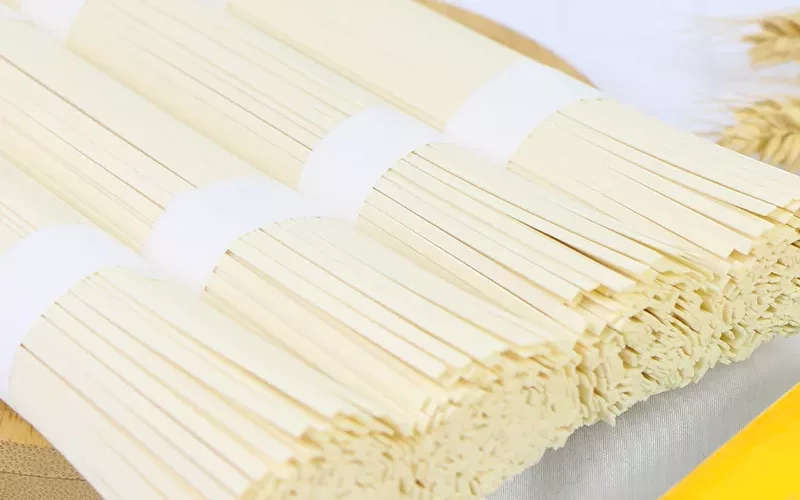
Noodles are a common staple for meals around the world, one of the most beloved comfort foods, with an infinite variety of shapes, sizes, textures, and flavors. Dried noodles – those neatly packaged and readily available in the grocery store – may have both their advantages and drawbacks when it comes to health.
In this blog post, we explore the potential advantages and disadvantages of dried noodles to help you decide if they are right for you.
Table of Contents
What are Dried Noodles?
Before we dive deeper into their nutritive values, it’s important to understand what dried noodles are and how they are made and stored.
Dried noodles are noodles that are cooked and then dried, either by baking them in an oven or drying them in the sun. This process renders them stiffer, firmer, and much more durable than their fresh counterparts, allowing them to be stored for extended periods of time without spoilage. On the flip side, this also means that they need to be reconstituted in water or broth before cooking.
Advantages of Dried Noodles
The main advantage of dried noodles is that they are a great convenience food, as they are versatile and relatively effortless to prepare. They are available in a variety of shapes, sizes, and flavors, they take barely any time to cook, and they absorb flavors well, making them ideal for dishes like soups, stir-fries, and pasta salads. Moreover, because they are typically precooked, dried noodles are said to contain fewer water-soluble vitamins and minerals than their fresh, uncooked counterparts.
Because dried noodles have a longer shelf life than fresh noodles and other perishables, not only are they extremely convenient for busy schedules but they can also be a great pantry staple to ensure your kitchen is always stocked with an easy, healthy meal.
Health Benefits of Dried Noodles
Although there is no one answer as to whether dried noodles are healthy, many of them do offer a variety of health benefits. Various types of noodles are generally low in fat and contain essential minerals like zinc and iron, as well as being a good source of vitamin B-complex, including folate and thiamin. Additionally, depending on the type of noodle, some of them offer dietary fiber.
It should also be noted that some types of noodles, particularly whole-grain varieties and those made with ancient grains, such as quinoa, can be good sources of healthy complex carbohydrates and more fiber. Furthermore, some noodles are enriched with additional vitamins and minerals, such as vitamin A, vitamin B6, and vitamin B12.
In general, it is advisable to look for whole-grain, high-fiber versions of dried noodles, as they are typically more nutrient-dense than their low-fiber, refined counterparts.
Potential Disadvantages of Dried Noodles
The main disadvantage of dried noodles is that they often contain a fair amount of sodium or salt, which is usually used to preserve them. Many of these products can contain quite high amounts of sodium. Furthermore, if the noodles contain added flavorings, such as herbs or spices, these can also contribute to their sodium content. High-sodium diets are associated with an increased risk for high blood pressure and other health conditions.
Moreover, many of the readily-available dried noodles available in stores are often made from refined wheat, which means they have been stripped of some of their nutrients and fiber. As such, they may not be as nutritious as whole grain varieties. Additionally, most of these noodles are also quite processed and lack any ability to be cooked directly. As such, they are unable to provide consumers with the satisfaction of creating a dish from scratch.
Summary
All in all, when deciding whether or not dried noodles are a healthy choice, it is important to consider the overall health benefits and risks associated with them. As mentioned, many dried noodles contain a high level of sodium, and they are generally more processed and lacking in nutritional value when compared to fresh noodles. However, if high-fiber, whole grain noodles are chosen, and cooked in healthy ways, then they can still be an easy, healthy, and convenient addition to a balanced diet. Ultimately, it is always best to make an informed decision when it comes to the food you decide to include in your diet.

